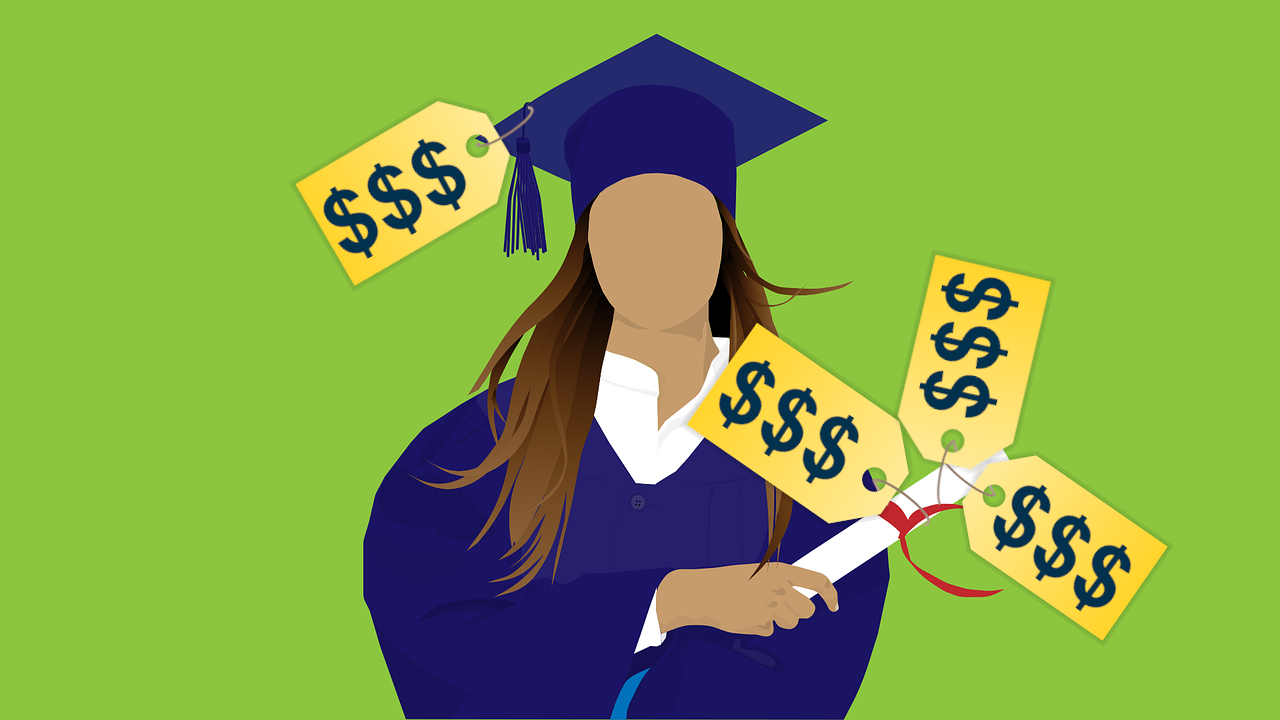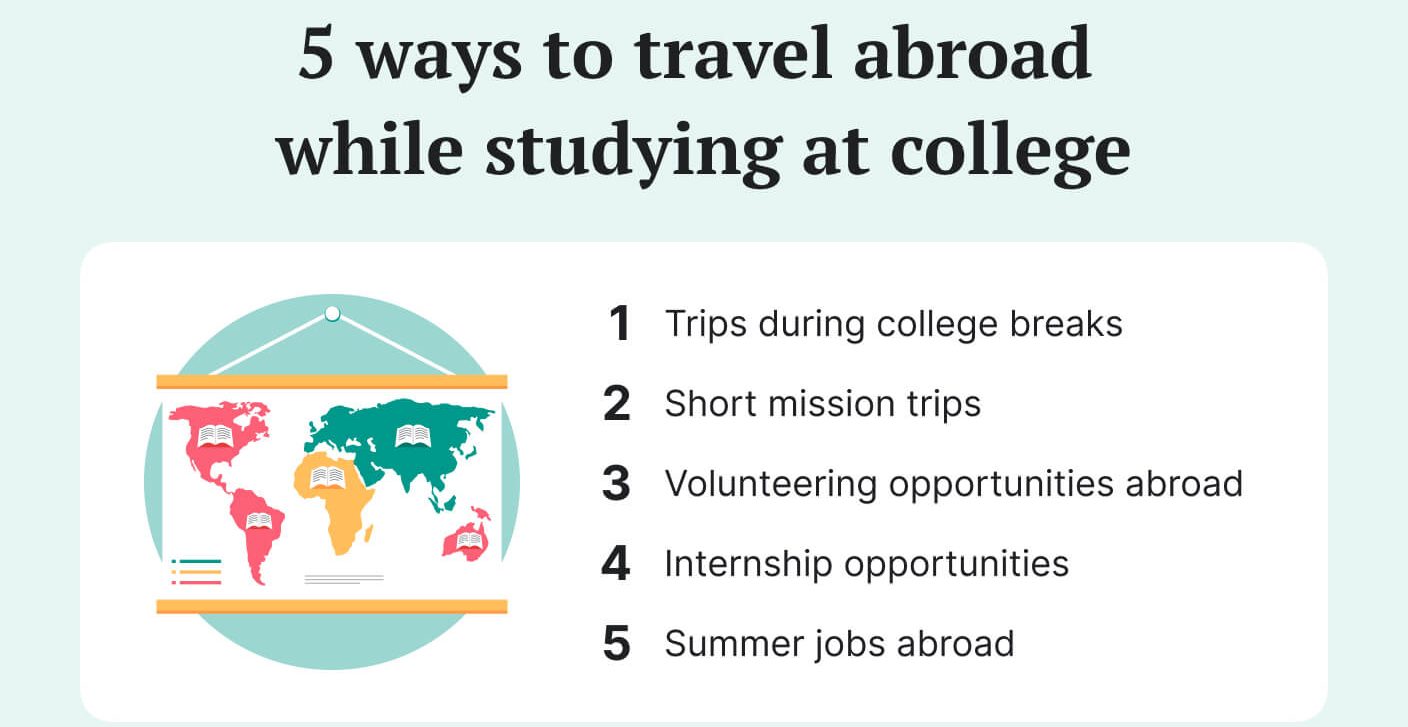Student Loans: A Comprehensive Guide
Student loans have become a necessary evil for many aspiring college students in the United States and beyond. While they provide an invaluable source of financing for higher education, they also tend to be a significant source of stress and financial burden for many graduates. In this blog post, we will explore the world of student loans, offering insights into types of loans, repayment strategies, and tips to manage and reduce student debt effectively. So, whether you’re a prospective student, a current undergraduate, or a recent graduate, keep reading to gain a better understanding of student loans and how to handle them wisely.
Understanding Student Loans
- Federal Student Loans
Federal student loans are loans provided by the U.S. Department of Education to help students and their families cover the costs of higher education. These loans are typically more affordable and have more flexible repayment terms compared to private loans. There are several types of federal student loans, including:
Direct Subsidized Loans: These loans are available to undergraduate students with financial need. The government pays the interest while you’re in school and during deferment periods.
Direct Unsubsidized Loans: These loans are available to both undergraduate and graduate students, regardless of financial need. Interest accrues from the day the loan is disbursed.
Direct PLUS Loans: These loans are available to parents of dependent undergraduate students and graduate or professional students. They require a credit check and may have higher interest rates.
- Private Student Loans
Unlike federal student loans, private student loans are offered by banks, credit unions, and other financial institutions. They typically have higher interest rates and fewer borrower protections than federal loans. Private loans might be an option if you’ve exhausted federal loan options, but it’s essential to compare offers and understand the terms before committing to a private loan. - State-Sponsored Student Loans
Some states offer their own student loan programs to residents. These loans may have competitive interest rates and borrower benefits. If you’re eligible, state-sponsored loans can be a cost-effective way to fund your education.
Repayment Plans
Understanding the repayment options for your student loans is crucial. Depending on your financial situation, you can choose from various repayment plans:
- Standard Repayment Plan
This is the default plan for federal student loans. It offers fixed monthly payments over a ten-year term. While it may result in higher monthly payments, it’s a faster way to pay off your loans and generally involves lower total interest costs. - Graduated Repayment Plan
This plan starts with lower monthly payments that increase every two years. It’s a suitable option if you expect your income to increase steadily over time. However, keep in mind that you’ll pay more interest over the life of the loan. - Income-Driven Repayment Plans
Income-driven repayment plans, such as Income-Based Repayment (IBR), Pay As You Earn (PAYE), and Revised Pay As You Earn (REPAYE), set your monthly payments based on your income and family size. These plans can be particularly helpful if you’re experiencing financial hardship, as payments can be as low as 10% of your discretionary income. - Public Service Loan Forgiveness (PSLF)
If you work in a qualifying public service job, you may be eligible for PSLF. Under this program, you can have your federal student loans forgiven after making 120 qualifying payments while working full-time for a qualifying employer. It’s an excellent option for those committed to public service careers.
Managing and Reducing Student Loan Debt
- Budgeting
Creating a budget is essential for managing student loan debt effectively. A budget helps you track your income, expenses, and debt payments. It allows you to make informed financial decisions and prioritize your student loan payments. - Loan Consolidation
Consolidating your federal student loans can simplify your payments by combining them into a single loan with a fixed interest rate. This can make managing your debt more manageable. However, it’s essential to understand the potential trade-offs before consolidating. - Loan Forgiveness Programs
Beyond PSLF, there are other loan forgiveness programs specific to certain professions, like teachers, nurses, or military personnel. Research and find out if you qualify for any of these programs, as they can significantly reduce your loan burden. - Refinancing
Refinancing your student loans, particularly private loans, can help you secure a lower interest rate and potentially lower your monthly payments. Be cautious when refinancing federal loans, as you may lose some of the benefits and protections they offer.
Conclusion
Student loans are a double-edged sword. They provide access to higher education but can also lead to financial stress and burden. Understanding the types of loans, repayment options, and strategies for managing and reducing your debt is crucial. By making informed decisions and planning for the future, you can successfully navigate the world of student loans and achieve your educational goals without being overwhelmed by debt.
In the end, student loans should be viewed as an investment in your future, and with the right approach, they can lead to a bright and fulfilling career without drowning you in debt. Stay informed, make wise choices, and take control of your financial future.






